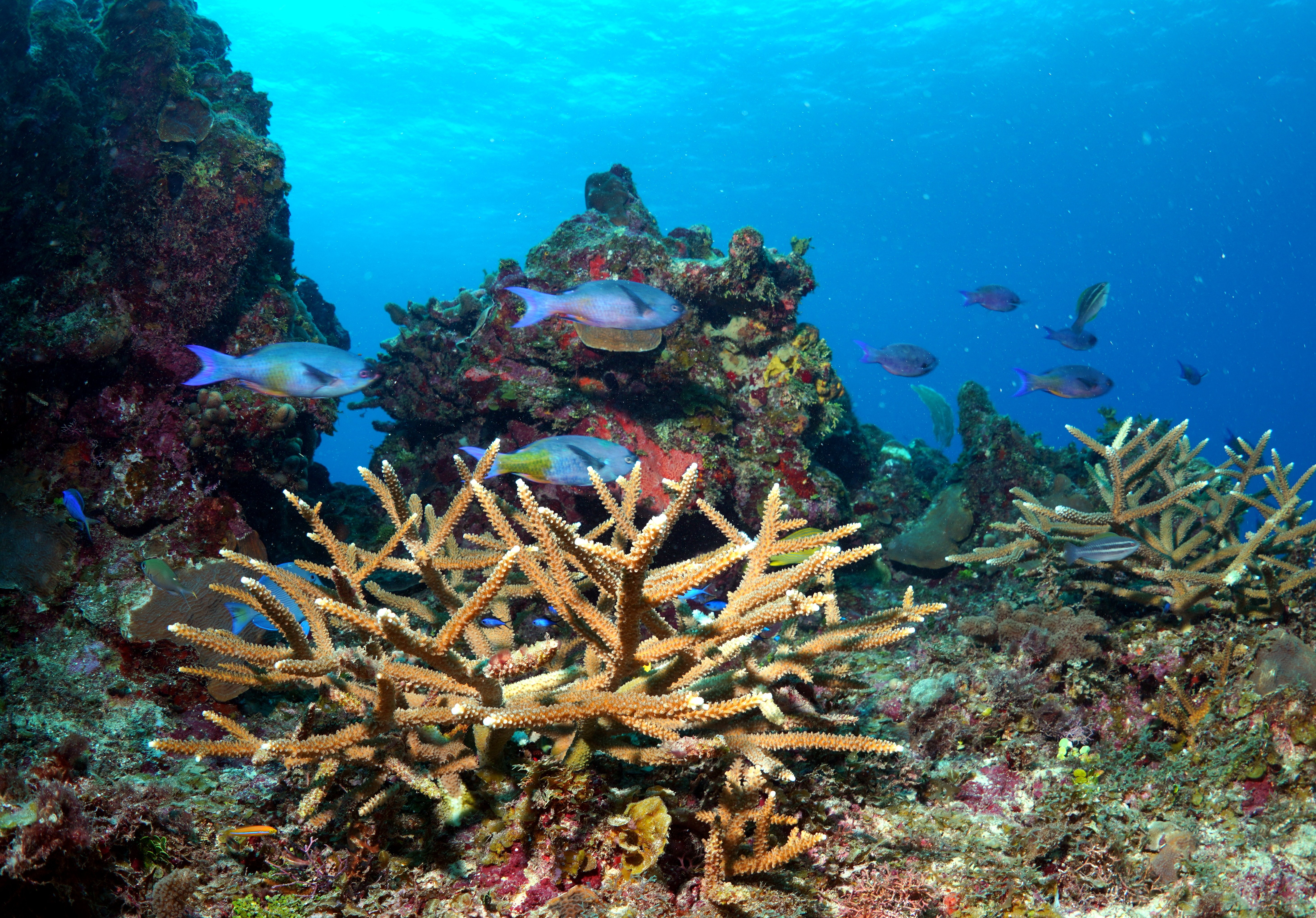Project overview - East Portland Fish Sanctuary

General Overview - Knowledge pills about the coral bleaching
Climate change, pollution and higher temperatures are challenging the survival of coral reefs worldwide.
One of the most common reactions to changes in balanced habitat conditions is the so-called “coral bleaching” phenomenon.
When stressed by external triggers, such as higher temperatures and sea-water acidification, corals expel the microscopic algae called zooxanthellae living in their tissues, causing them to turn completely white. Once bleached, corals are very vulnerable and can die in a short time. This is because these algae not only give corals their characteristic colors, but are the coral’s primary source of food. If scaled, this process leads to the loss of entire coral reefs.

Figure 1. Coral bleaching phenomenon
But what are the causes behind this dangerous phenomenon?
There can be several, but most of them are linked to the rapid negative effects of climate change.
Higher global temperatures also mean warmer seas, since oceans are incredible carbon sinks and tend to stock the amount of carbon dioxide present in the atmosphere. This process is leading to an over average and fast increase in sea-water temperatures, causing the loss of ideal living conditions for marine species.
Pollution is also a threat: if exposed to toxic components, corals might be not resilient enough to resist the pollution event.
Furthermore, shallow-water corals can be affected by high surface temperatures and prolonged extreme low tides.
Alligator Head Foundation is committed to the rehabilitation of coral reefs through the regeneration of coral fragments.
.jpg?width=900&height=675&name=IMG-20200707-WA0009%20(1).jpg)
Figure 2 - East Portland Fish Sanctuary